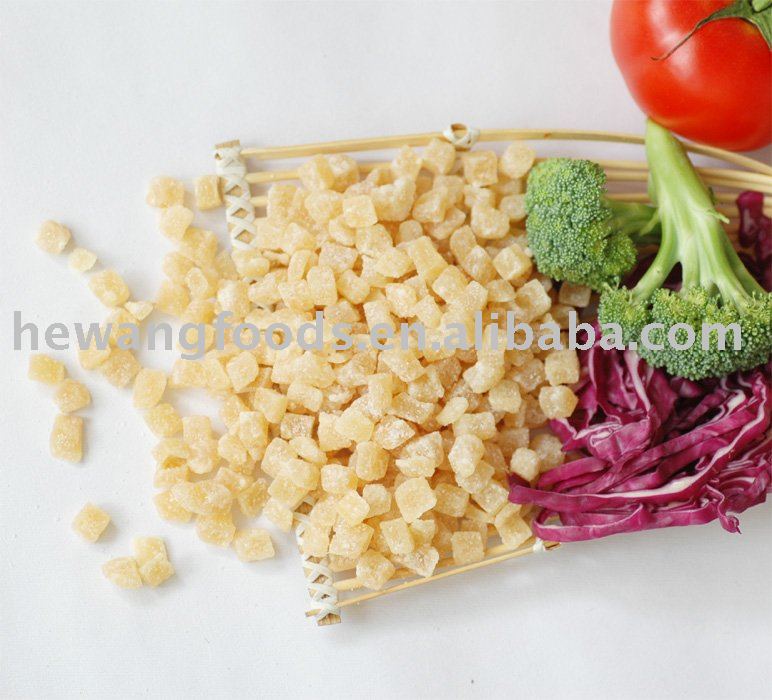

Medium or dark molasses will have a stronger flavor profile with a hint of bitterness (which I LOVE) and a darker hue. Light molasses, treacle, or sorghum molasses will provide the sweetest, most mild flavor.

Egg - Let your egg come to room temperature before incorporating it into the dough.The brown sugar, on the other hand, is acidic, meaning it aids in the formation of gluten and helps the eggs to set up, resulting in a thick, chewy center. Granulated sugar inhibits the creation of gluten, allowing the cookies to spread more and become light and crispy. Granulated Sugar & Brown Sugar - In order to reach Goldilocks preferred status of *just* right, with crispy edges and a chewy center, you’re going to need both.
#CRYSTALLIZED STEM GINGER FREE#
If you are dairy-free, feel free to swap in your favorite plant-based substitute. Unsalted Butter - As a self-proclaimed butter snob, I’m of the opinion that you should reach for organic, grass-fed, and/or cultured butter for the best results.Ginger, Cinnamon, Cloves, & Nutmeg - You can’t have molasses spice cookies without lots of warm spices!.Baking Soda - Don’t confuse this with baking powder they work differently!.All Purpose-Flour - If you don’t have a scale yet, make sure to employ the scoop and sweep method for measuring your flour to ensure your cookies don’t end up too dry.This recipe is adapted from David Lebovitz: Living the Sweet Life in Paris. I scaled down the quantities and dipped some of the crystallized ginger in melted dark chocolate as a little Valentine’s sweet for my sweethearts.This ginger molasses cookie recipe primarily depends on a host of pantry staples. It strengthens the stomach, disperses wind, helps digestion, prevents, or cures the cholic, and is useful in all cold flatulent disorders, and weaknesses of the intestines.” My 1790 copy of The New Family Herbal or Domestic Physician says: “Ginger is a warm and grateful aromatic. (You can find out all sorts of interesting things about ginger here). After the Roman Empire fell use of ginger in Europe declined until Marco Polo returned from an Asian trip and reintroduced the spice, which was often preserved in sugar and crystallized ginger became popular in England. Marco Polo wrote about it, it is mentioned in the Jewish Talmud and Henry the VIII praised its use to ward off the plague. Ginger made its way into Europe in the ninth century and it was a popular spice during the Roman Empire. I love it! Fortunately my children do not have the same aversion I had to trying new things (unless it involves potatoes) and they love it too!

I haven’t tried it since, hence my desire to make it myself and see what it’s really like with my more refined taste buds. I have to say I didn’t particularly care for it, back then, but I wasn’t as keen on trying new things when I was a child. I remember the first time I was introduced to this old fashioned treat – a dear, eccentric childhood friend had made some from scratch and I was very curious as to what it was. The first thing that popped into my mind when I read the challenge ingredient was crystallized ginger. I always look forward to the start of a new month and the new wave of challenges – what do we get to work with this month?! That’s as close to ‘meal planning’ as I get! I was delighted when Jen of Blue Kitchen Bakes, who hosts the We Should Cocoa challenge alternately with Chele from Chocolate Teapot and Choclette at Chocolate Log Blog, announced the theme for this month’s challenge: ginger! As many of my readers may be aware, I participate in quite a few food blogging challenges where, each month, we are challenged to cook with a specified ingredient.


 0 kommentar(er)
0 kommentar(er)
